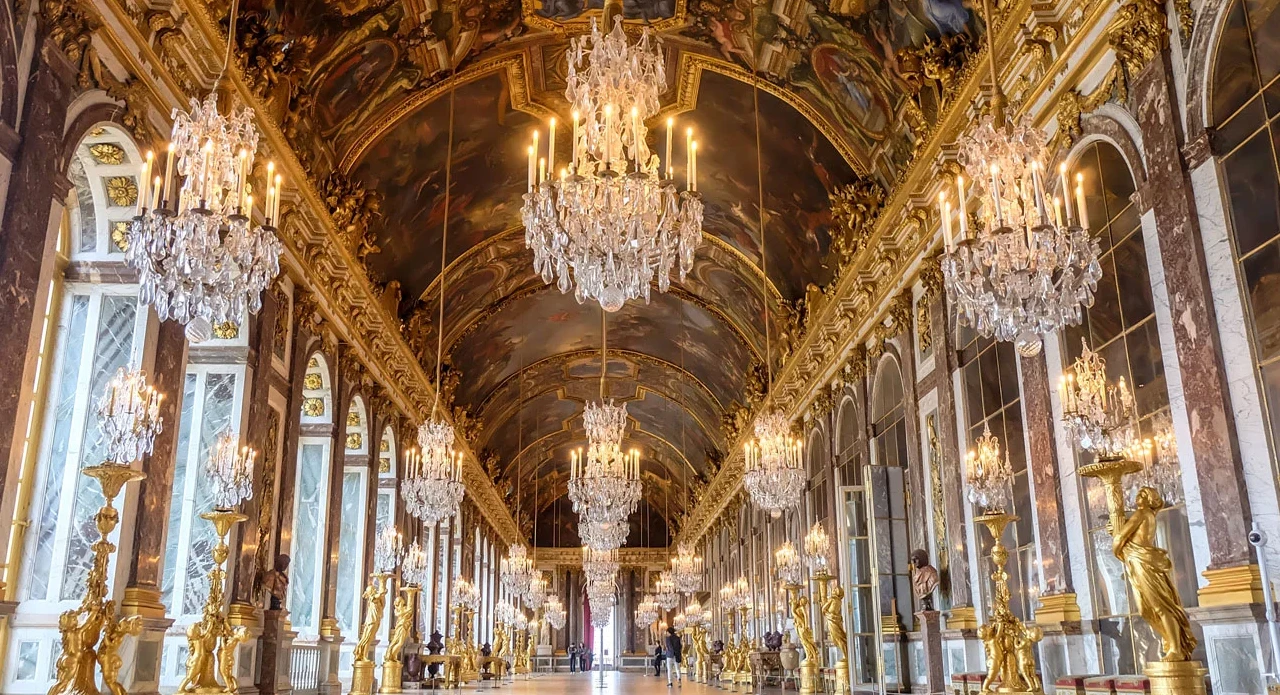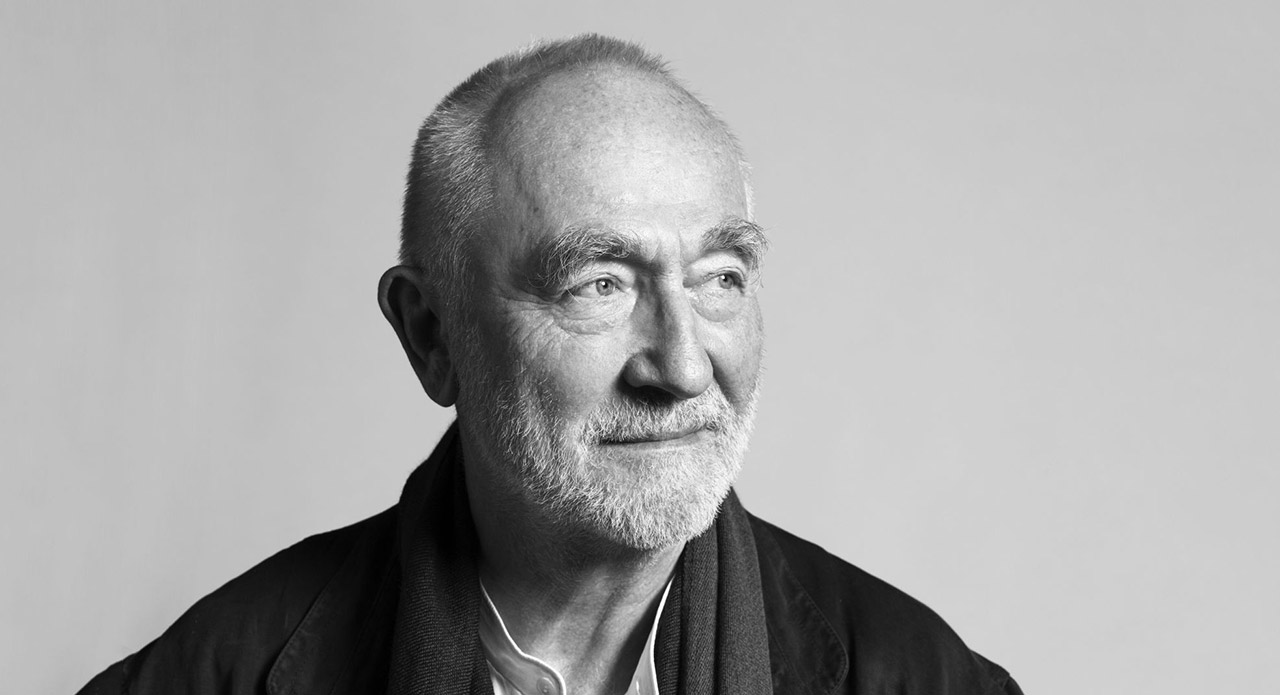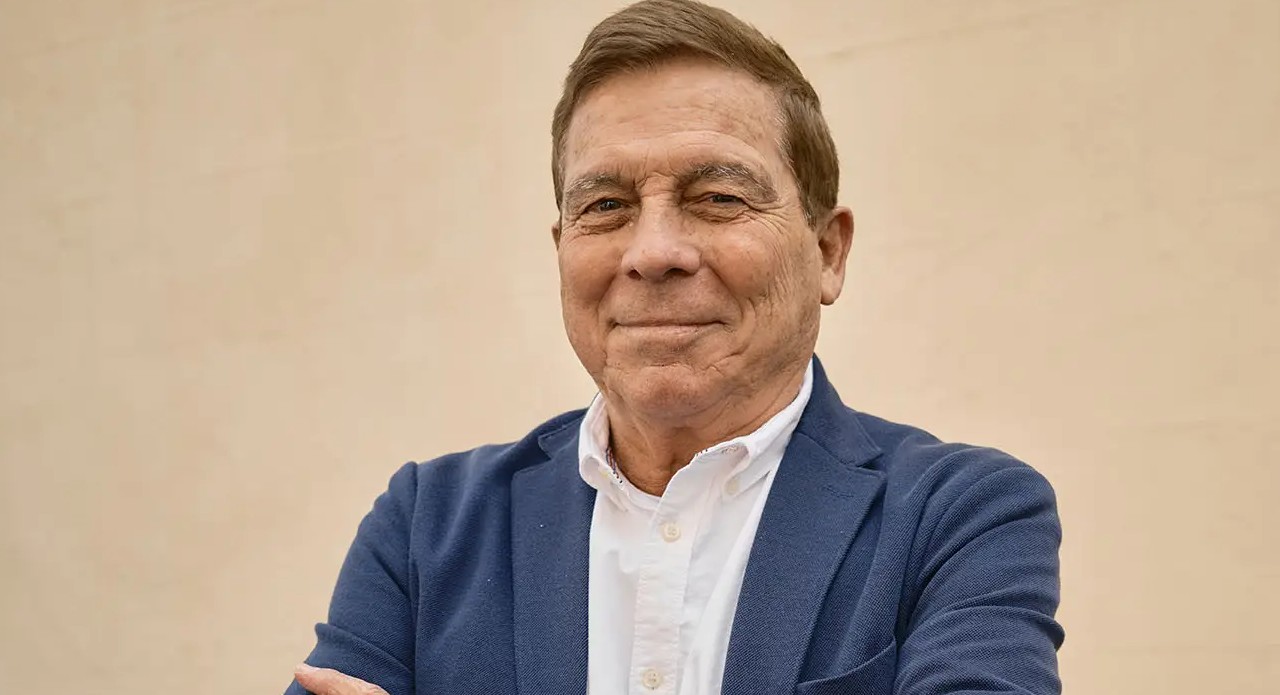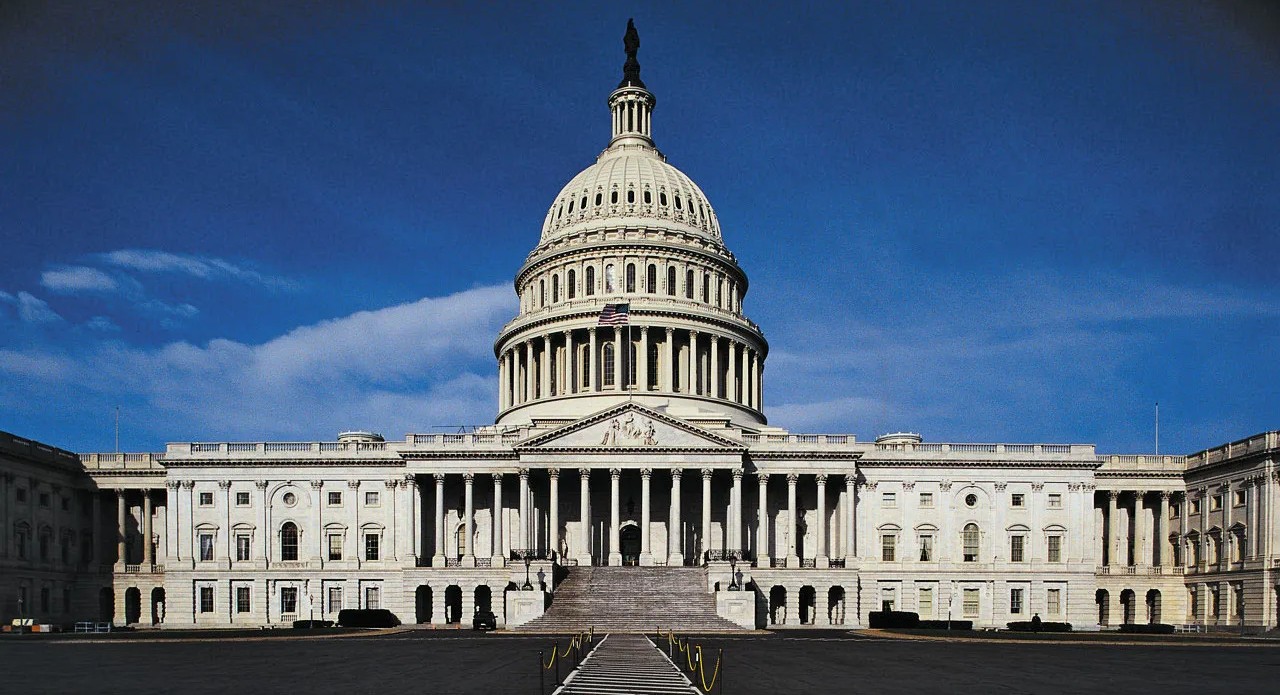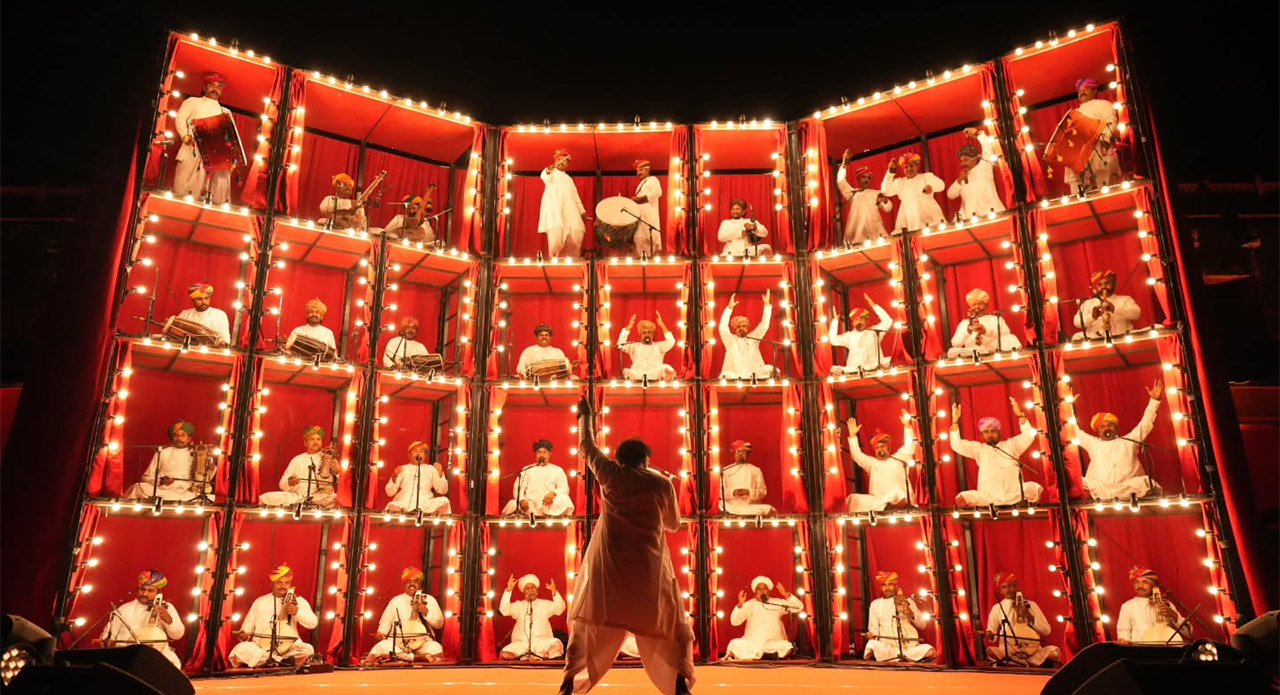Baroque architecture is what happens when buildings stop behaving themselves. Imagine a cathedral that’s had three espressos too many, a palace that refuses to sit quietly, or a church ceiling that practically shouts “Look At Me” every time you blink. This isn’t architecture that stands politely in the corner, it leaps out, waves its arms, and dazzles you with enough curves, gold, and drama to make even a Lamborghini Aventador feel understated. In the 17th century, the world wanted grandeur, emotion, and spectacle, and Baroque responded by turning every building into an over caffeinated opera on steroids.
A Style Born Out Of Spectacle
Baroque architecture first took root in Rome around the late 1500s and flourished through the 17th and early 18th centuries. What set it apart was its embrace of emotion—curves instead of lines, movement instead of restraint, drama instead of discipline. Where the Renaissance prioritised harmony and clarity, the Baroque era pushed boundaries, both literally and metaphorically. Walls bulged outward, façades rippled like fabric, and domes soared in a grand interplay of light and shadow.
Its defining features still stand out unmistakably today: ornate stucco work, grand staircases, oval or irregular floor plans, illusionistic ceiling frescoes, sculptural façades, and a play of light that almost feels choreographed. Baroque architecture made no attempt to hide its intentions—it wanted to astonish you.
The Masters Who Built The Baroque
Gian Lorenzo Bernini
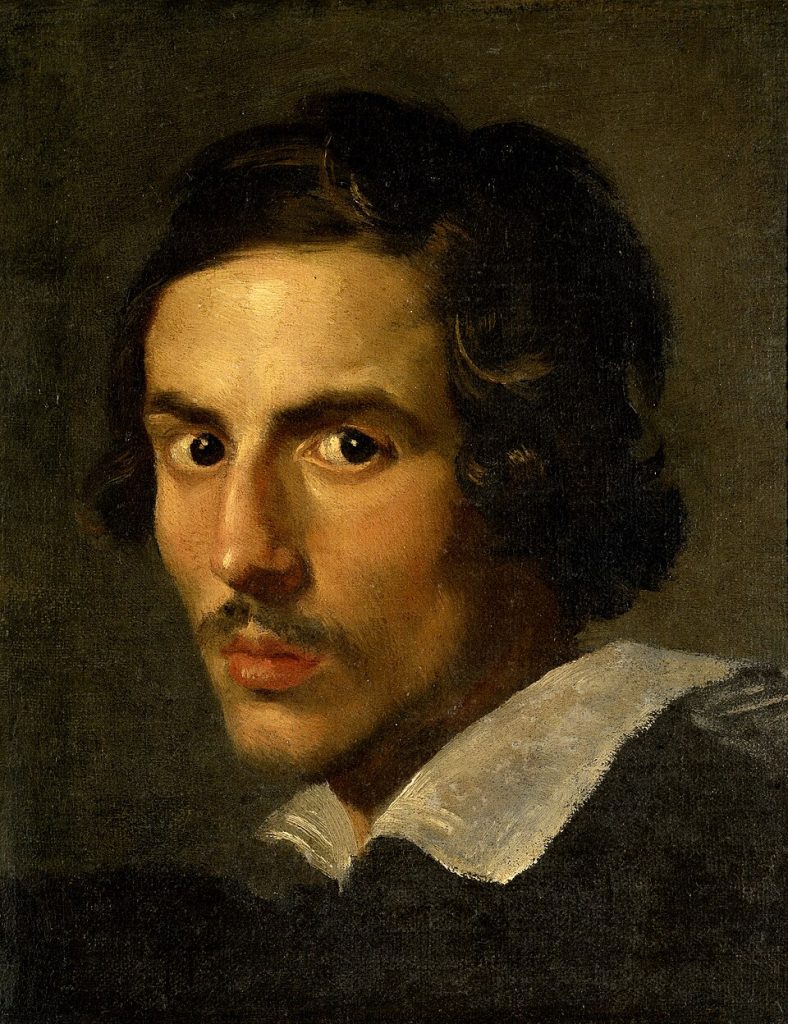
Often called the father of Baroque art, Bernini wasn’t just an architect but a sculptor, scenographer, and master of theatricality. His work on St. Peter’s Basilica—especially the massive colonnaded piazza—remains one of the most instantly recognisable Baroque landmarks in the world. Bernini understood buildings as dynamic spaces, not static structures.
Francesco Borromini
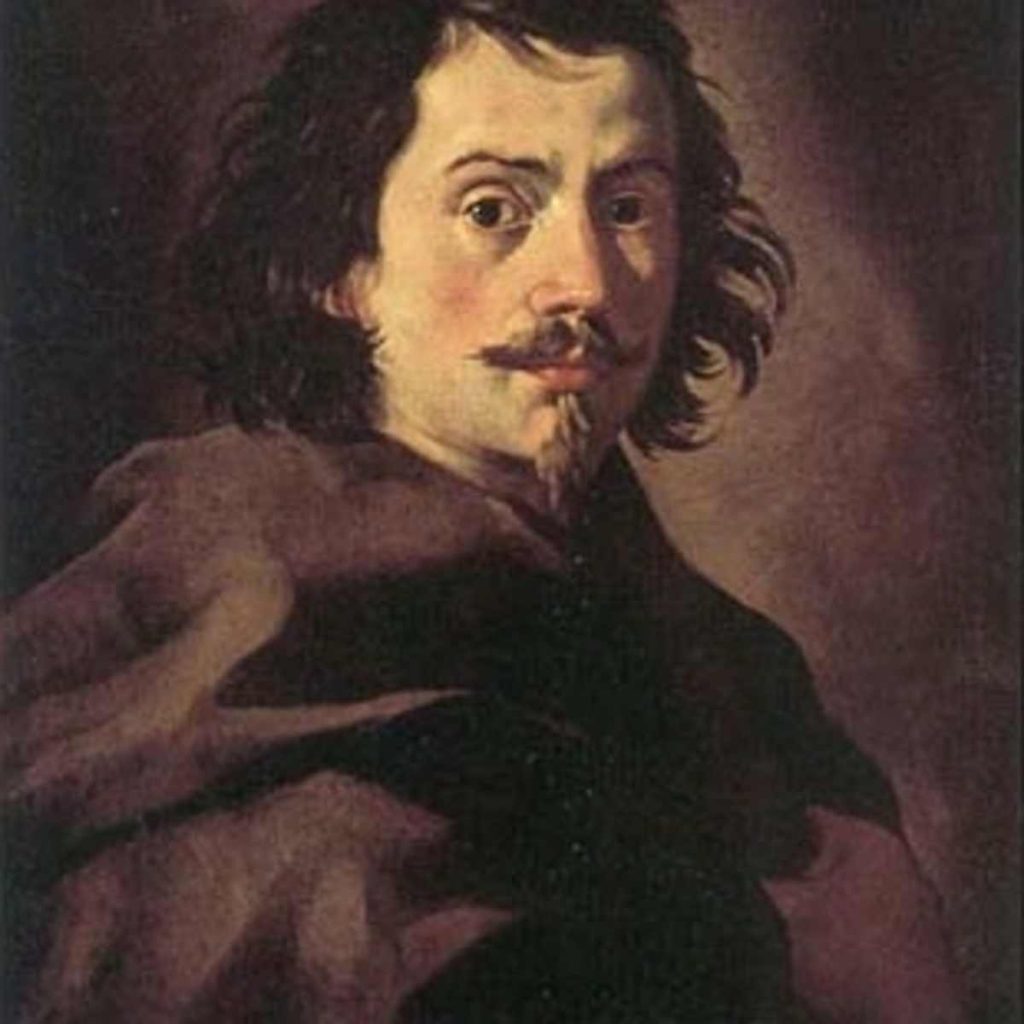
If Bernini was the extrovert, Borromini was the intellectual rebel. His designs were radical, mathematical, and daringly unconventional. Buildings like San Carlo alle Quattro Fontane pushed geometric experimentation to extremes, turning tight spaces into mesmerizing feats of architectural ingenuity.
Guarino Guarini
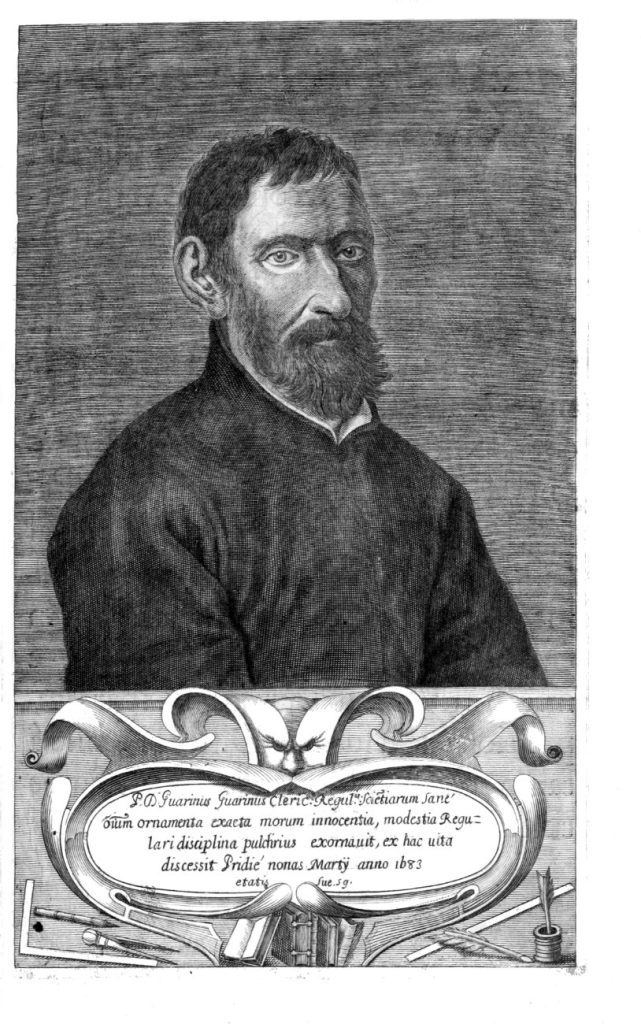
Working primarily in Northern Italy, Guarini embraced complex domes, interlacing arches, and unexpected structural solutions. His work in Turin, particularly the Chapel of the Holy Shroud, brought a mystical, almost futuristic energy to the Baroque vocabulary.
Jules Hardouin-Mansart

Outside Italy, France developed its own restrained, court-appropriate flavour of Baroque, and Mansart became a central figure. As the chief architect to King Louis XIV, he designed much of the Palace of Versailles, translating Baroque theatricality into a vision of monarchical power and absolute splendour.
Buildings That Defined An Era
St. Peter’s Basilica, Vatican City

Part Renaissance, part Baroque, St. Peter’s is an architectural symphony. Bernini’s monumental colonnades embrace visitors in an oval piazza, creating a sense of movement and divinity. The interior, with its gilded surfaces and towering baldachin, sets the gold standard for Baroque spectacle.
Palace of Versailles, France

Versailles represents Baroque at its most politically charged—architecture as propaganda. Every corridor, fountain, and garden axis was designed to reinforce the power of Louis XIV. The Hall of Mirrors, dripping in light and reflection, remains one of the most photographed royal spaces in the world.
Church Of The Gesù, Rome
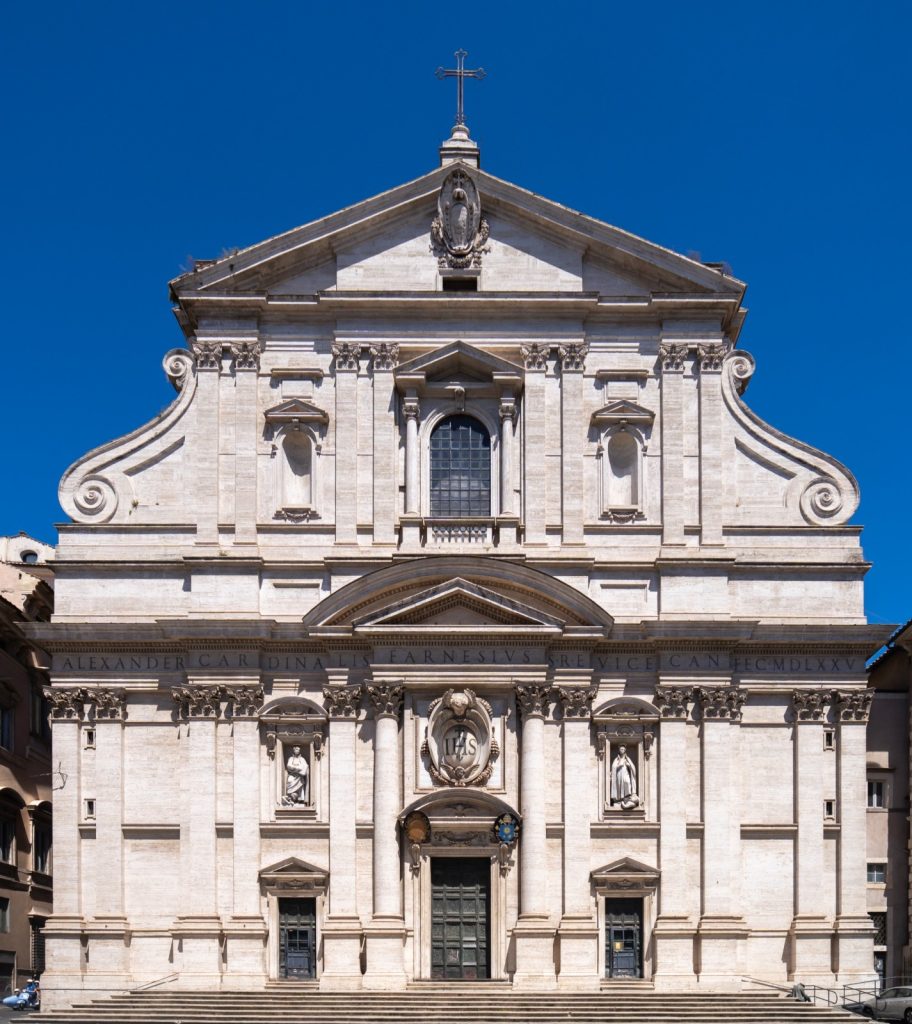
Often cited as the prototype of Baroque ecclesiastical design, it introduced a dramatic nave, elaborate frescoes, and theatrical side chapels—elements that would spread across Catholic Europe and Latin America with missionary zeal.
Schönbrunn Palace, Vienna
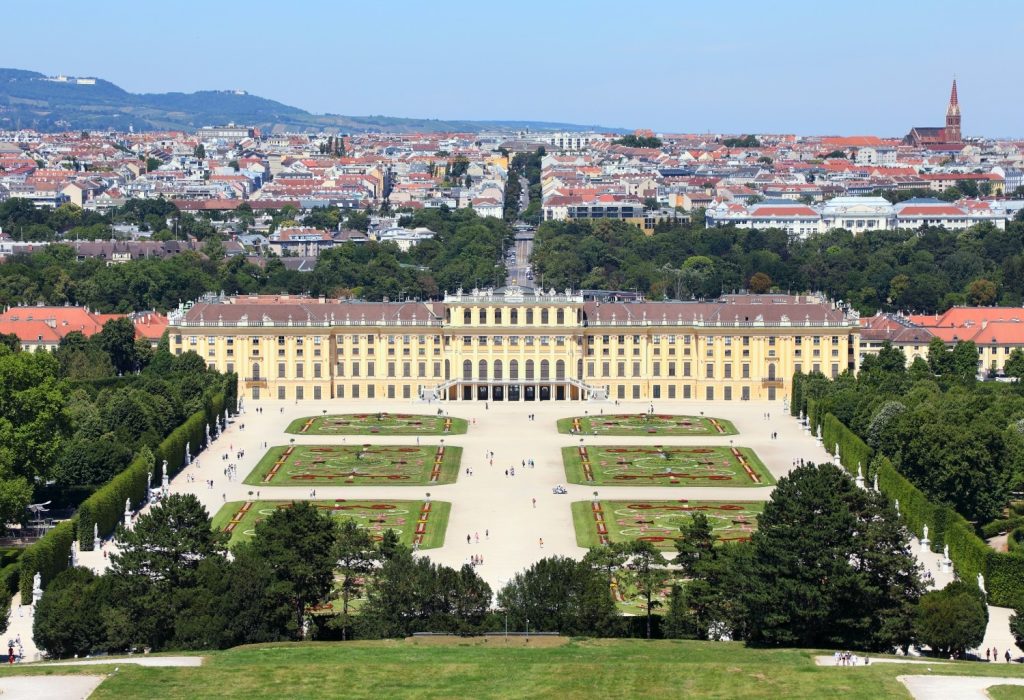
Austria’s imperial residence is a triumph of late Baroque design. Its ornate rooms and expansive gardens served as a symbol of the Habsburg monarchy’s wealth and influence.
St. Paul’s Cathedral, London

Though rooted in English Baroque—a more restrained variant—Christopher Wren’s masterpiece integrates classical harmony with Baroque grandeur. Its iconic dome still dominates London’s skyline.
A Legacy That Still Echoes
Baroque architecture’s influence continues to ripple through contemporary design. The style’s fascination with scale, light, and theatricality resonates in modern museums, civic buildings, and even luxury retail spaces. Designers borrow its drama; filmmakers borrow its moods; and tourists flock to trace its evolution across Italy, Austria, France, Spain, Portugal, and Latin America. More than a historical style, Baroque remains a reminder of architecture’s ability to move people—not just physically through space, but emotionally across time.
